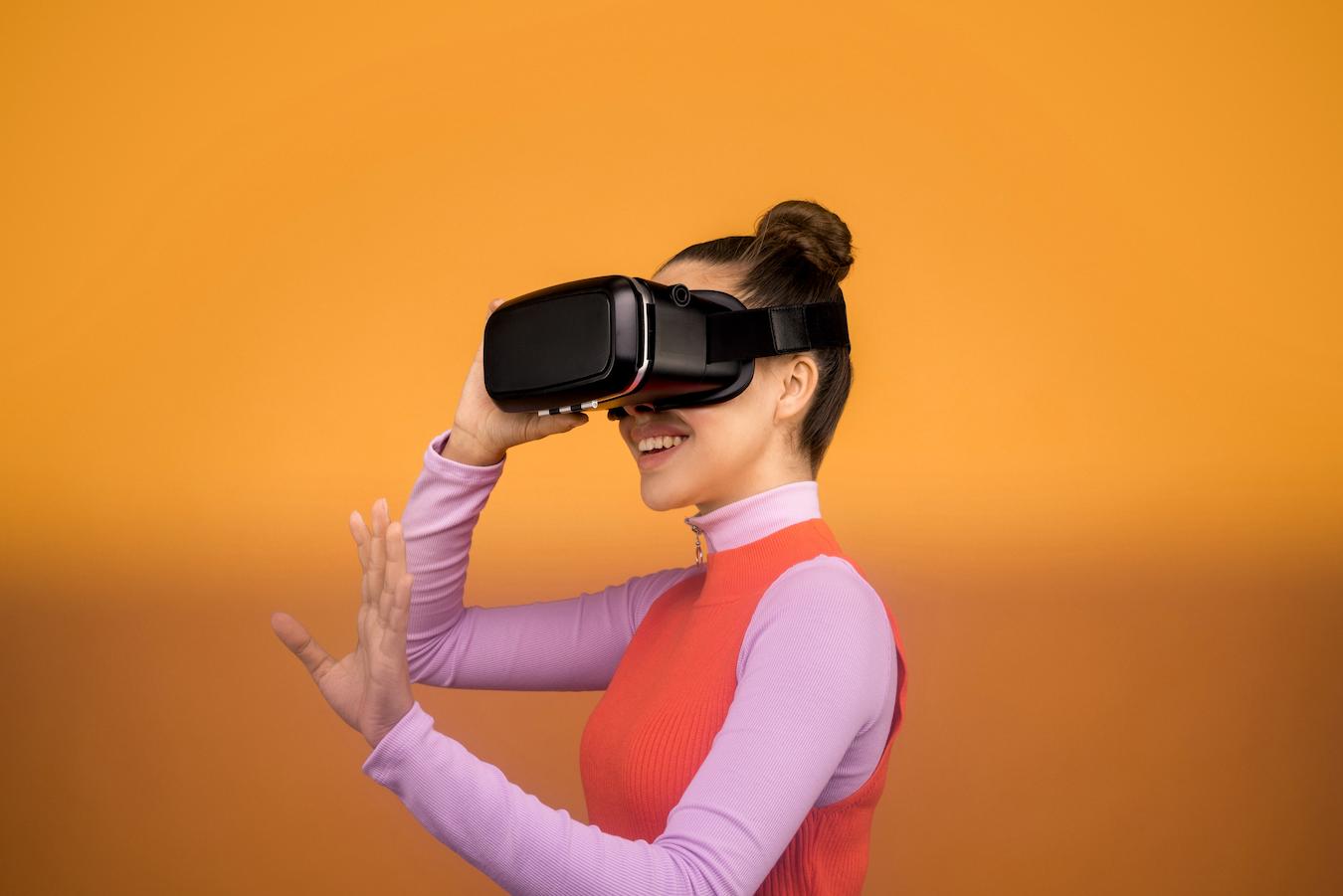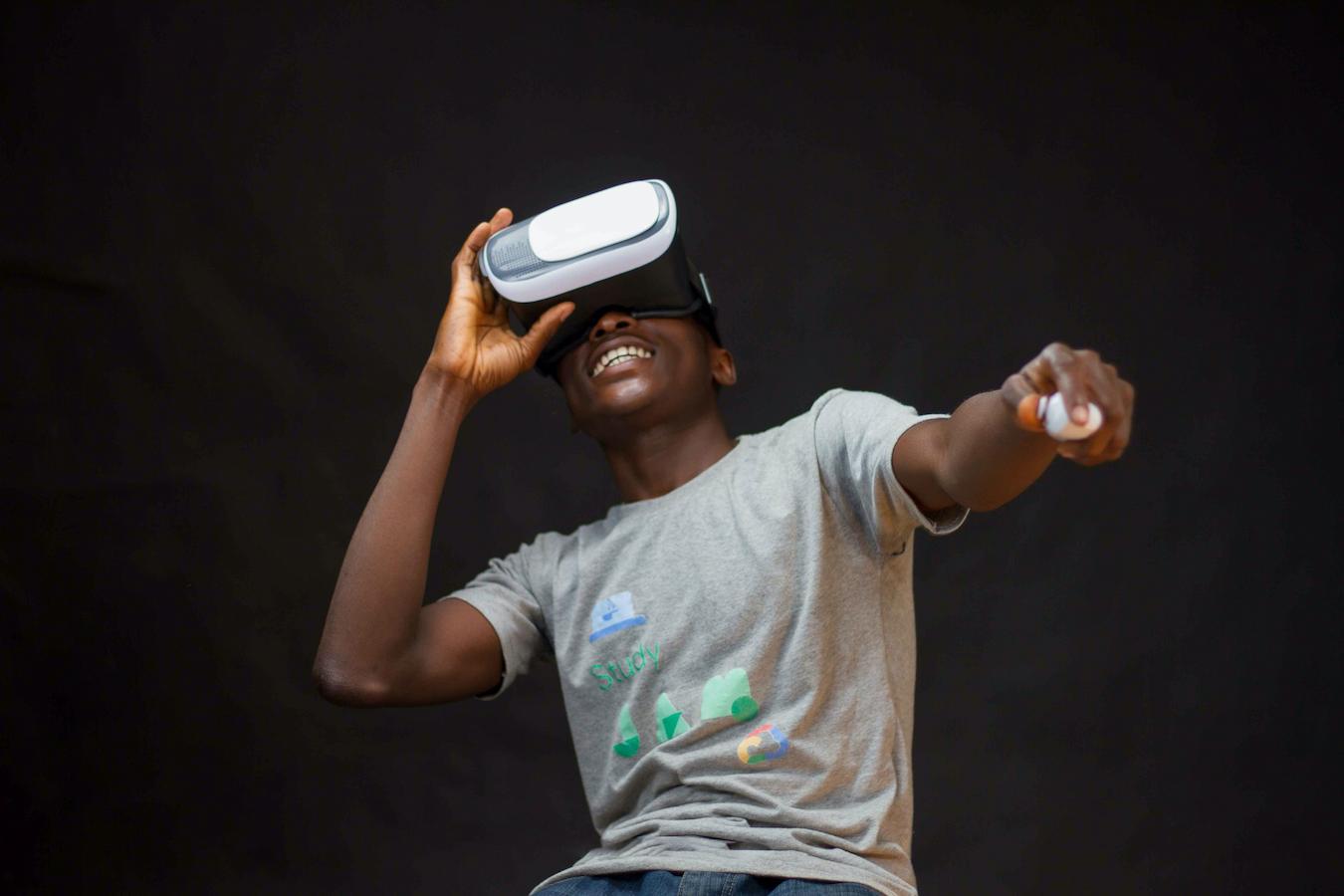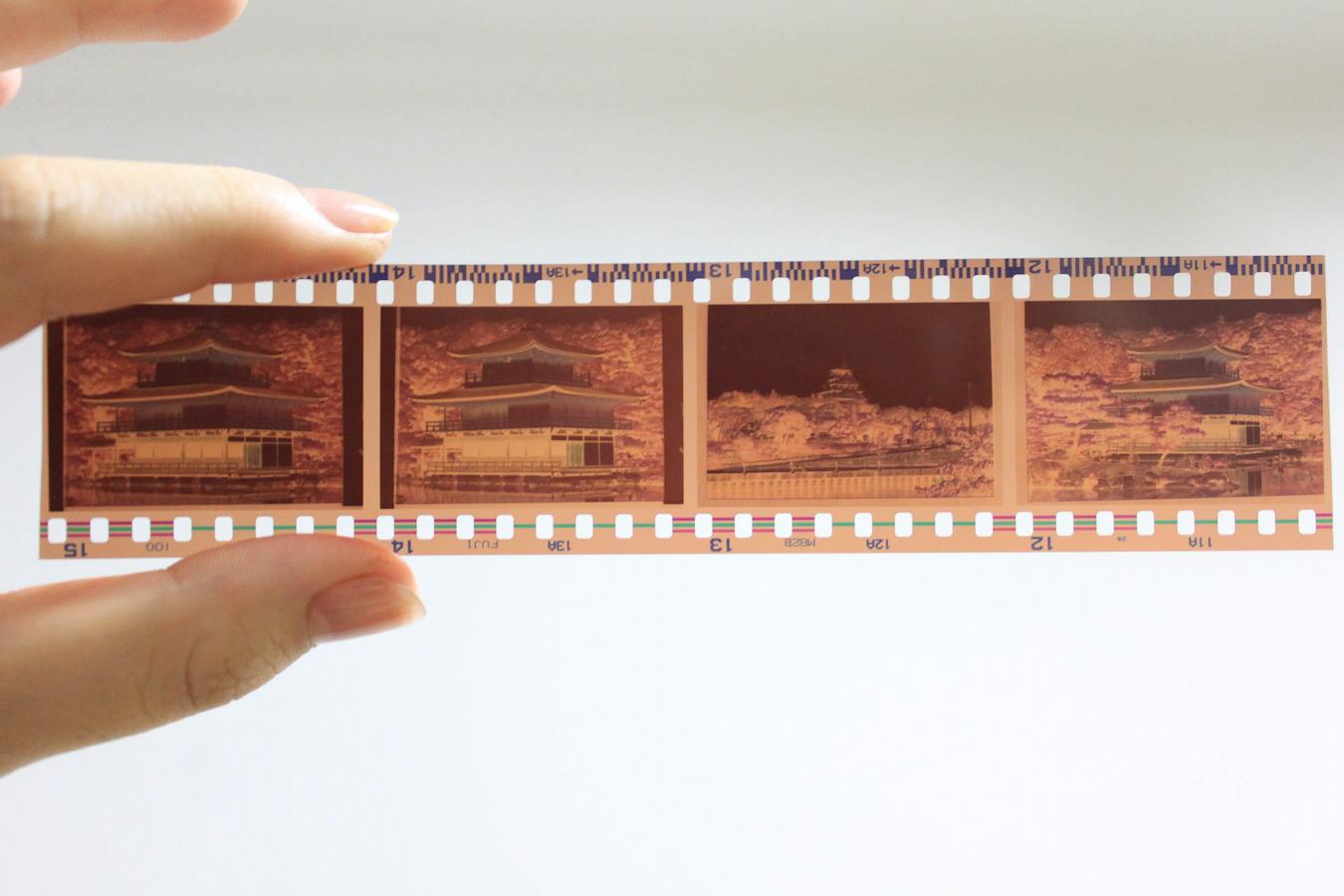When you go to the movies, you might feel like you’re having an immersive experience. After all, you’re invested in the story.
The universe is right before your eyes. You’re most likely watching CGI animation at work. And you’re surrounded by the creativity it took to bring these characters to life.
But at the movies, we often forget that we’re still viewing such content on a screen. So it’s not really immersive by literal definition, right?
Well, true immersive technology has always asked, “What if ?” And since then, various types of immersive technology have cropped up to answer this call.
Whether in theaters or in the real world, immersive technologies are a guaranteed part of our future. So let’s get acquainted with them and be the first in line to step up.
See Related: What Does an Art Director Do in Film?
Breaking down immersive technologies
First, let’s look at the definition of immersive technology. Immersive technology essentially extends our perceived reality through a 360-degree space.
So, if you’re at the movies, you’re only looking straight ahead at a screen. But immersive technologies allow viewers to experience a digital environment all around them.
Some immersive technology uses the physical world as a baseline and overlays additional digital content. But other forms of immersive technology create an entirely virtual environment.
Either experience allows users to interact with different types of elements or objects. And it is changing the future of entertainment, marketing, business, and education as we know it.
Top industry facilities and sound stages are getting privy to the ever growing immersive technlogy. Interested in diving deeper? Then read on.
360
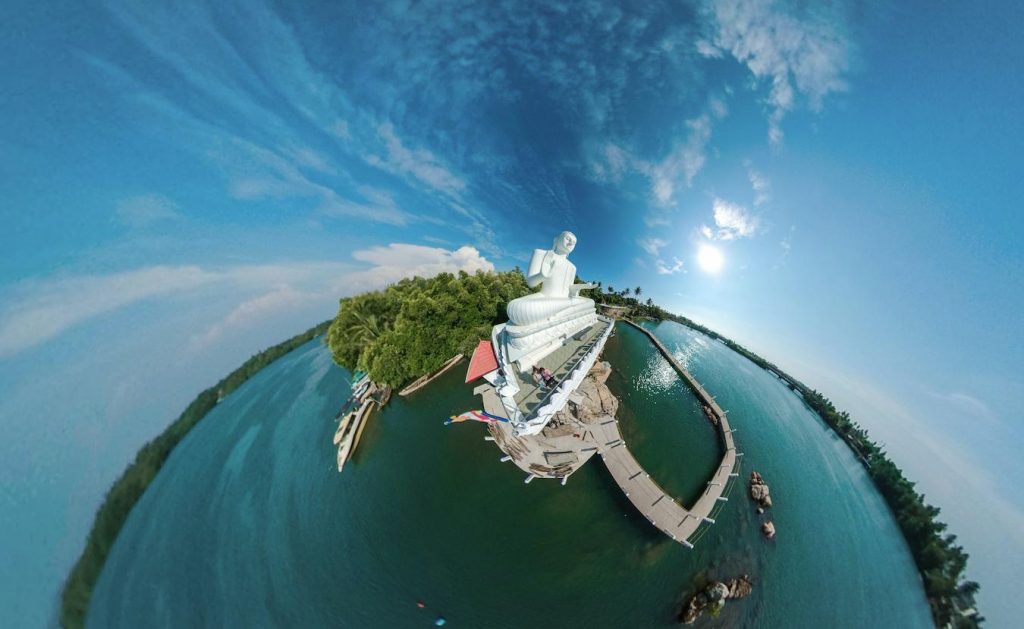
360 content is perhaps one of the more familiar examples of immersive technology out there. In fact, both YouTube and Facebook have begun to implement 360 content in their respective software.
360 content is essentially a photo or video that you can look around and explore. So you can look left and right, up and down, diagonal and across, even behind you.
And all around you will be a simulation of the images or videos in question. Folks in business and marketing have especially started training on this new development.
After all, a tool that gives someone the sense of an environment is great not just or display. But for selling to the consumer as well.
But this is not to say that immersive technology is for the sake of profit alone. In fact, students at the University of Canada worked to create a VR game that immersed cancer patients into a virtual simulation.
During chemotherapy, this simulation greatly distracted them from the pain. And students are even working now to create virtual surgery simulations.
But we’re getting ahead of ourselves. The world of immersive technology is beyond exciting.
But let’s break down the types of immersive technologies available to us first. Then, we can geek out together!
Virtual reality (VR)
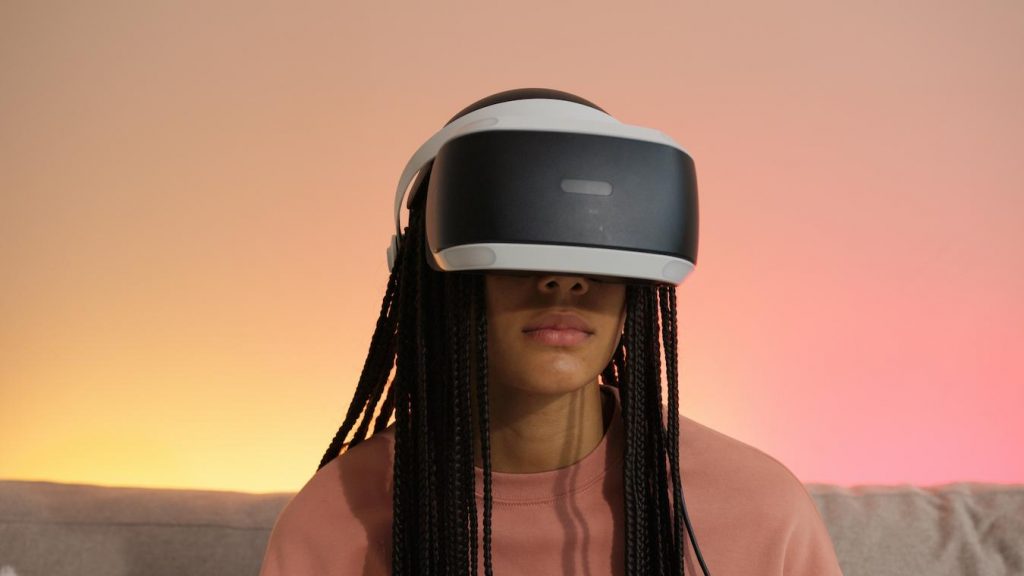
Virtual reality, or VR, is another familiar type of immersive technology. But unlike 360 content, a user is completely immersed in computer-generated environments.
This immersion is helped by the use of VR headsets. A VR headset will black out any side view of the real world.
And it will even include headphones, creating a new sonic soundscape for users to explore. In essence, virtual reality gives the user the sense that they are actually there.
In the digital world. Or in any other environment that has been created using immersive technology.
Earlier, we said that VR is not like 360 content. But that wasn’t entirely true.
360 VR exists. But 360 content without VR mode is mostly what you’ll see on Facebook or YouTube.
Mobile VR is another type of virtual reality that uses a VR headset or headsets. And it can be connected to any smartphone so it’s easily, well, mobile.
This is a great example of how to introduce virtual reality into gaming communities. Even, getting students hooked into these technologies at an early age.
Either way, virtual reality, in its many forms, continues to be a form of education. Where users can delve into new software and explore the generated objects and worlds before them.
Bonus: What is Sound Editing in Film?
Augmented reality (AR)

Augmented reality, or AR, is a different type of immersive technology. Instead of creating an entirely immersive virtual world, it overlays digital images on top of the real world.
So it’s literally reality augmented. Get it?
You might think you’ve never seen or experienced augmented reality. But think again.
Ever used a Snapchat or Instagram filter? Those are examples of augmented reality!
You might not think adding dog ears to your face is a form of immersive technology. But the computer-generated image overlays on your physical face and perfectly fits the definition.
You might have even tried out new apps and features developed by Target or Ikea. To assist in the furniture-buying process, a user can test out how products will look in their home.
And this technology still uses the user’s physical home as a baseline for measuring out the product. You’d be surprised at just how many examples there are of AR in our lives already.
Mixed reality (MR)
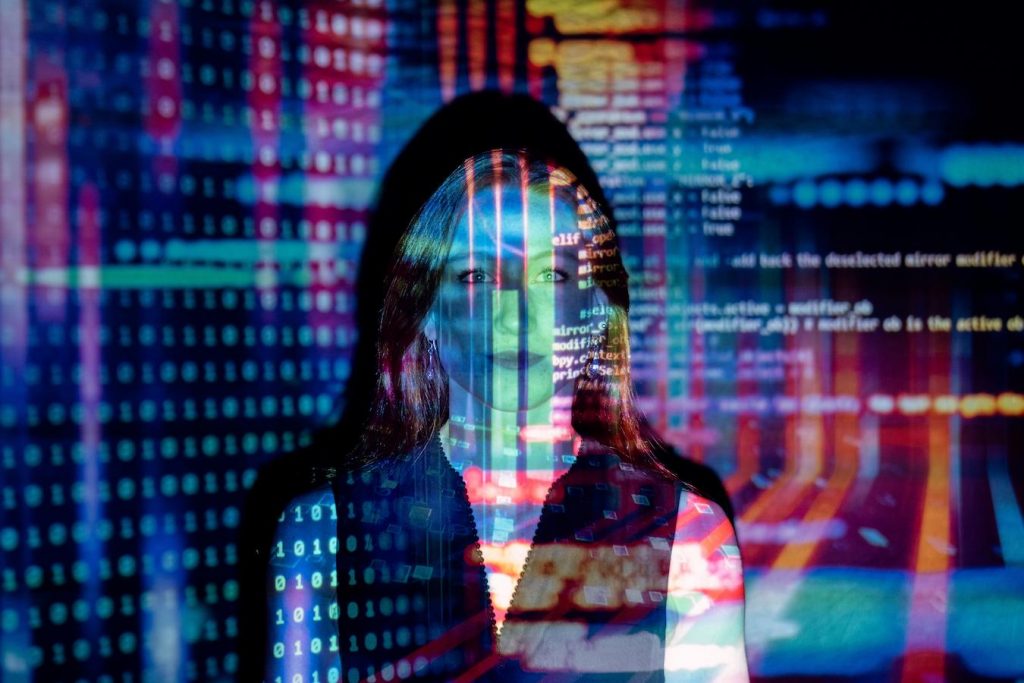
Mixed reality, or MR, is a combination of AR and VR. Like virtual reality, it uses a headset.
But, the user is not shut out from the world entirely. Instead, MR trades out a headset for glasses that overlay digital images on top of the real physical environment.
In some training of this immersive technology, MR is considered or taught as AR 2.0. Their similarities are undeniable.
But even still. MR allows you to walk through bigger environments while interacting with immersive, virtual video enhancements.
As far as the range of virtual technology goes, MR certainly extends the industry forward. And it could very well be a part of many of our futures.
The future is now
You might feel somewhat far removed from immersive technology. But an example of VR, AR, or MR could easily be sitting in one of the apps you use on your phone every day.
More and more students are undergoing training within these immersive technologies. So it’s likely that example after example will crop up in our everyday lives before you know it.
So often, we say this is the technology of the future. But sometimes we tend to forget. The future is now.
Keep Reading: What Does a Film Distributor Do?
–
Mack Sennett Studios is a historic full-service photography and production studio, sound stage, and private event space in Silver Lake, serving as creative home to the Los Angeles cultural renaissance for the last 100 years. Check us out on Facebook, Twitter, Vimeo, Pinterest, Yelp and Instagram.


